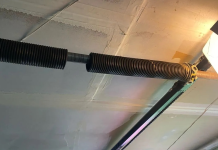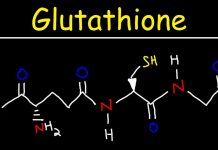Ampoules, renowned for their sterile containment of pharmaceuticals and cosmetics, undergo a meticulous manufacturing process to ensure safety and efficacy in diverse medical and beauty applications.
Glass Selection and Melting
The journey of crafting ampoules commences with the careful selection of glass, a crucial determinant of their durability and chemical resistance. Borosilicate glass, prized for its thermal shock resistance and low chemical reactivity, stands out as the material of choice. This glass undergoes a meticulous melting process at high temperatures to achieve the desired viscosity and homogeneity essential for molding.
Forming the Ampoule Shape
Once the molten glass reaches optimal consistency, it is shaped into ampoules through a sequence of precision processes. Ampoule molds, intricately designed to ensure uniformity, shape the glass into the iconic slender form that characterizes ampoules. This shaping process, often automated to minimize human error, emphasizes consistency in dimensions to facilitate seamless sealing and labeling in subsequent stages.
Annealing for Strength
Following molding, the ampoules undergo annealing—a critical step to relieve internal stresses and enhance their mechanical strength. This thermal treatment involves controlled cooling to prevent the formation of structural defects, ensuring each ampoule can withstand the rigors of handling and transportation without compromising its integrity.
Cleaning and Sterilization
To meet stringent regulatory standards, ampoules undergo rigorous cleaning and sterilization processes. Automated washing systems purge residual particles and contaminants, preparing the surfaces for sterilization. Gamma irradiation or autoclaving techniques then ensure the complete elimination of microorganisms, guaranteeing the sterile environment crucial for pharmaceutical applications.
Filling and Sealing
Once sterilized, the ampoules are filled with precise quantities of pharmaceutical or cosmetic substances. Automated filling machines, calibrated to dispense exact volumes, maintain accuracy crucial for dosage consistency. Subsequently, sealing machines hermetically seal the ampoules, often employing flame or high-frequency induction methods to ensure airtight closure and prevent contamination.
Labeling and Packaging
After sealing, ampoules proceed to the labeling and packaging stages. High-speed labeling machines affix product information, including dosage instructions and ampoule identification, with precision onto each unit. Advanced packaging systems then assemble the ampoules into batches, readying them for distribution while safeguarding them against physical damage or environmental influences.
Quality Control
Throughout the manufacturing process, rigorous quality control measures safeguard ampoule integrity and compliance with regulatory standards. Automated optical inspection systems scrutinize each ampoule for defects such as cracks or irregularities, guaranteeing only flawless units progress to the final stages. Statistical sampling and testing further validate product quality, ensuring every batch meets the exacting demands of the pharmaceutical and cosmetic industries.
Environmental Considerations
In alignment with sustainable practices, modern ampoule manufacturing prioritizes eco-friendly initiatives. Efforts to minimize glass waste through efficient recycling programs underscore commitment to environmental stewardship, reducing the ecological footprint associated with production and disposal.
Conclusion
The production of ampoules epitomizes precision and reliability, driven by technological innovation and adherence to stringent quality protocols. From glass selection and molding to sterilization and packaging, each stage integrates advanced automation and meticulous craftsmanship to deliver ampoules that uphold the highest standards of safety, efficacy, and environmental responsibility. As essential vessels in pharmaceutical and cosmetic applications, ampoules continue to play a pivotal role in healthcare and beauty industries worldwide, ensuring the secure delivery of vital substances to consumers and patients alike.





